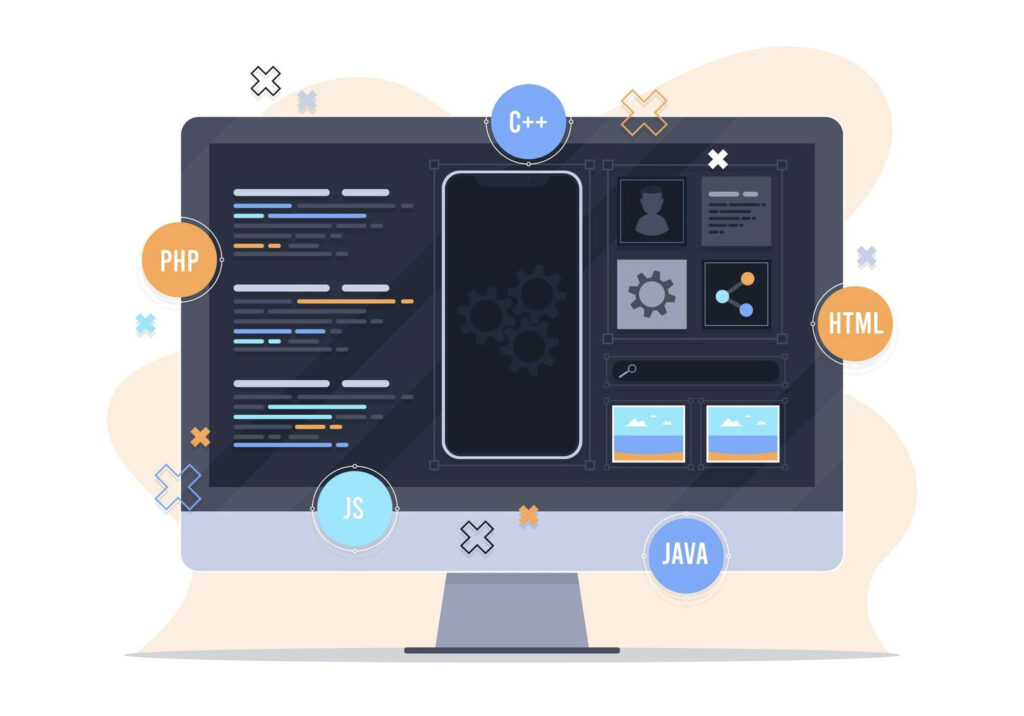WordPress site management can be greatly simplified with the use of WP-CLI, a command-line interface for WordPress. It offers a fast and efficient way to handle various tasks, including backups and migrations. In this article, we’ll explore how to use WP-CLI to perform these essential functions, ensuring your WordPress site is secure and easy to move when needed.
What is WP-CLI and Why Use It for WordPress Backup and Migration?
WP-CLI is a powerful tool that allows you to manage WordPress sites using the command line. Unlike traditional methods that rely on the WordPress dashboard, WP-CLI lets you perform tasks quickly without loading a web interface. This not only speeds up processes but also allows for more precise control over your WordPress environment.
Introduction to WP-CLI
WP-CLI stands for WordPress Command Line Interface. It’s an open-source project that provides a suite of commands to manage WordPress installations. Whether you need to update plugins, install themes, or manage users, WP-CLI can handle it all directly from your terminal. For developers and site administrators, WP-CLI can significantly reduce the time spent on routine maintenance tasks.
Benefits of Using WP-CLI for Backup and Migration
Using WP-CLI for backup and migration offers several advantages. First, it allows for automation, which can save time and reduce human error. Second, WP-CLI scripts can be executed in bulk, making it easier to manage multiple sites simultaneously. Lastly, WP-CLI can be integrated into broader automation frameworks, making it an essential tool for large-scale WordPress operations.
Setting Up WP-CLI for WordPress Site Management
Before you can use WP-CLI for backup and migration, you need to ensure it’s properly installed and configured on your server. This section will guide you through the setup process.
Installation and Basic Configuration
Installing WP-CLI is straightforward. First, download the WP-CLI Phar file using curl or wget. After downloading, you’ll need to make the file executable by using the chmod command. Finally, move the file to a directory in your PATH, like /usr/local/bin, so it can be run from any location in your terminal. With WP-CLI installed, you can verify it by typing wp --info in your terminal. This command will display information about your WP-CLI installation, confirming that everything is set up correctly.
Verifying Your WP-CLI Setup
Once installed, it’s crucial to verify that WP-CLI is functioning correctly. Begin by running a few basic commands, such as wp plugin list or wp theme status. These commands should return information about the plugins and themes installed on your WordPress site. If the commands run without errors, your setup is complete, and you’re ready to start using WP-CLI for backups and migrations.
Creating a WordPress Backup with WP-CLI
One of the most critical tasks in WordPress site management is creating regular backups. WP-CLI makes this process efficient and straightforward.
Step-by-Step Guide to Backing Up WordPress Files
Backing up your WordPress site with WP-CLI involves a few key commands. First, navigate to your WordPress installation directory. Then, use the wp db export command to export your database to a .sql file. Next, archive your WordPress files using a command like tar -czf backup.tar.gz .. This command compresses your entire WordPress directory into a single file. Together, these steps create a comprehensive backup of both your WordPress files and database, ensuring you can restore your site if needed.
Automating Backups Using WP-CLI Scripts
To streamline the backup process, consider automating it with a WP-CLI script. By creating a simple shell script that combines the database export and file archiving commands, you can schedule regular backups using cron jobs. This approach not only saves time but also ensures that your backups are consistently up to date. For example, a script might look like this:
#!/bin/bash
wp db export /path/to/backup/db.sql
tar -czf /path/to/backup/wordpress_files.tar.gz /path/to/wordpressThis script can be set to run daily or weekly, providing peace of mind that your site is backed up regularly.
Migrating a WordPress Site with WP-CLI
Migrating a WordPress site can be a complex process, but WP-CLI simplifies it significantly. Whether you’re moving to a new server or changing domains, WP-CLI can handle the task with ease.
Preparing Your Site for Migration
Before starting the migration process, there are several steps to take. First, create a full backup of your site as described in the previous section. Next, deactivate any caching plugins to prevent issues during the migration. Also, ensure that your target environment (the new server or domain) meets the requirements for WordPress, such as PHP version and database support.
Executing the Migration Process with WP-CLI
With your site prepared, you can begin the migration. Start by transferring your backup files to the new server using a tool like SCP or FTP. Then, use the wp db import command to import your database into the new environment. Next, adjust the site URL using the wp search-replace command to update any references to the old domain. Finally, activate your plugins and themes, and verify that the migration was successful by visiting your site in a browser.
Best Practices for WP-CLI WordPress Backup and Migration
To ensure a smooth experience with WP-CLI, it’s essential to follow best practices for backups and migrations.
Ensuring Backup Integrity
After creating a backup, always verify its integrity before relying on it for a restoration. For database backups, you can do this by importing the .sql file into a test environment. For file backups, extract the archive and check that all files are present and intact. Regularly testing your backups ensures that they will work when you need them.
Troubleshooting Common WP-CLI Issues
WP-CLI is generally reliable, but you may encounter issues, especially during complex operations like migrations. Common problems include permission errors, timeouts, and incompatible plugins. To resolve these, ensure that your server meets the requirements for WP-CLI, and consult the WP-CLI documentation or community forums for specific troubleshooting advice.


